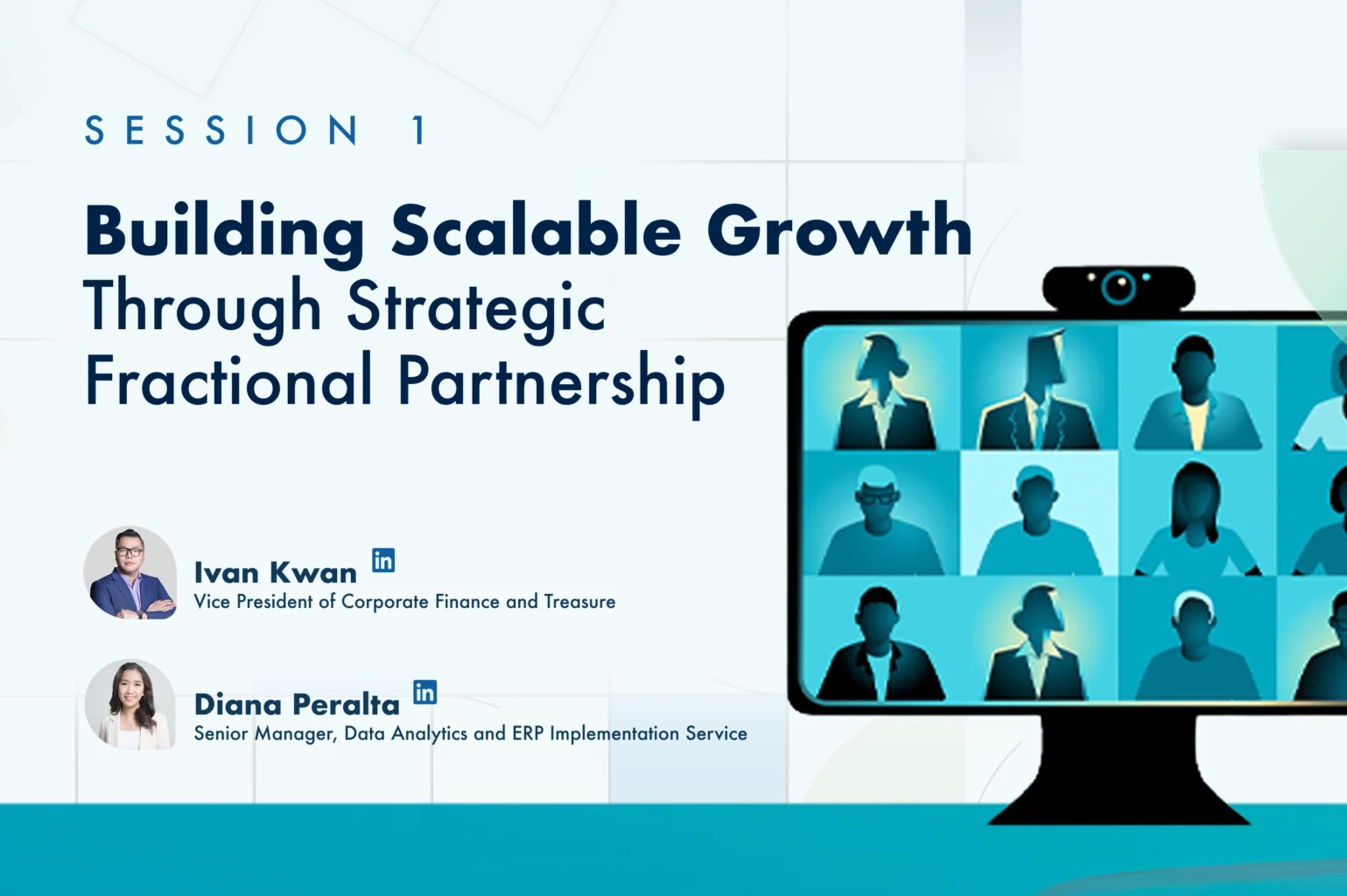Financial reporting is one of the most important ways a non-profit communicates with its donors and other stakeholders. Through financial reporting, the communities your nonprofit serves are assured of your regulatory compliance and that the funds you receive are directed toward your guiding mission.
Creating a great financial report is a complex process that requires time, expertise, attention to detail, and complete, accurate records of all financial transactions. To make it easy for stakeholders to drill down into the details and gain a full snapshot of your nonprofit’s financial health, the reports you publish should be consistent in format and comprised of five main sections:
- Statement of Financial Position
- Statement of Activities
- Statement of Functional Expenses
- Statement of Cash Flows
- Budget Versus Actual Report
To keep stakeholders updated, nonprofits should release financial reports at least quarterly, and even monthly. Regardless of how often you report, it is a best practice to include commentary that puts financial data in context so stakeholders can gauge your current financial health and make projections about your future as well.
It is also best to include financial dashboards that visually summarize key metrics, including cash burn rate, cash runway, revenue and expense portions, and budget versus actual projections. You may choose to display this information on your website for easy access, showing interested parties that your organization is both fiscally responsible and committed to transparency.
Regulatory Filings
To maintain tax-exempt status, your nonprofit has to fulfill all reporting requirements at the federal, state, and local levels. Accordingly, one of the most important tax returns you will file each year is the federal Form 990.
Filing Form 990 accurately, completely, and in a timely manner will both keep your nonprofit in compliance with federal requirements and help you build brand credibility with stakeholders. For example, Form 990 is often the document grantors reference to verify your IRS tax-exempt status.
Budgeting Basics
Because your nonprofit relies heavily on the donations of others to fulfill its mission and make payroll, it is essential to demonstrate future-readiness in addition to reporting historical data.
This can be done by constructing and publishing an annual budget. To get started, take inventory of your recurring expenses, and begin building the budget from there. However, your budget also needs to consider any unexpected expenses that may arise. To ensure your nonprofit can meet all its future financial obligations requires a professional analysis based on both current industry trends and historical financial data.
To your donors and other stakeholders, having an annual budget is a strong sign that your financial management processes are sound. Consider also that budgets are often requested by donors before they contribute to your nonprofit. Ultimately, donors and other stakeholders reviewing your annual budget want to know that you have the right systems in place to manage their donations and that the funds they give you are, in fact, being spent as intended.
Donor Communications
For tax compliance purposes, donation acknowledgment receipts should also be given to donors, and at least once a year. Beyond this practice, it is important to reach out to donors and ask what additional information or data they need, other than standard financial reports, to continue supporting your organization. To instill donor confidence and loyalty, make sure that consistent revenue recognition is applied to each donation received, expenses are properly classified, and grants are accurately tracked and presented.
Why Outsource
All of these tasks require time and expertise – and, like many nonprofits, your organization may not employ a full team of accounting professionals to track expenses and keep them in line. To fulfill your financial reporting requirements and give stakeholders all the data they need, the assistance of an outside accounting firm can help.
When selecting a partnering firm, make sure the team you are contracting has extensive experience with nonprofits and the expertise needed to prepare reports that are accurate, complete, and in compliance with governing regulations. Equally important, make sure they can show examples of reports that clearly communicate both the financials of nonprofits and how contributions benefit the communities that nonprofits are there to serve.
Make sure you are partnering with a full-service firm as well, one capable of handling the accounting process in its entirety, from recording to reporting, including reconciling bank transactions, preparing financial statements, and filing tax and compliance reports such as Form 990. Many firms that specialize in real estate accounting solutions also extend their expertise to nonprofits, bringing advanced financial strategies and compliance best practices that can be applied across industries.
Partnering with Scrubbed
For more than a decade, Scrubbed has helped nonprofits successfully navigate the complexities of their accounting and financial reporting requirements. Today, our team of more than 800 skilled professionals form a passionate community of problem solvers who are there for you at every step, helping you build a solid financial future so you can stay focused on your mission.
We offer the full range of financial services nonprofits need, from basic bookkeeping to complex financial planning and analysis. As your trusted partner, we also provide corporate finance advisory to ensure your organization is in full regulatory compliance and well positioned to advance your mission in service to others.
Let us help you continue to make the world a better place. Schedule your free consultation today.








